How to Whitewash Furniture
Step by step, let’s dive into how to whitewash furniture as part of this DIY cedar chest makeover.
Get more painting techniques for furniture here!
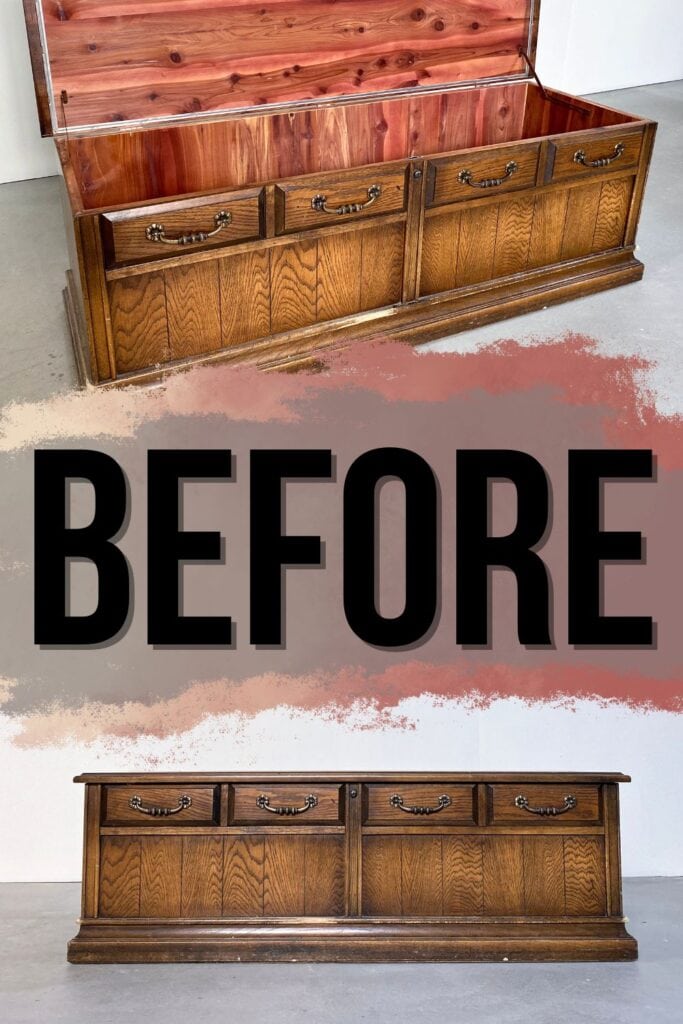
Here’s what the cedar chest looked like when we picked it up from the thrift store for only $30. Before we got around to whitewashing, we added legs to the cedar chest.
We also painted the body of the cedar chest. But let’s dive into how we whitewashed the top and legs!
Supplies Used to Whitewash Furniture
As an Amazon Associate, I earn from qualifying purchases. I also may earn from other qualifying purchases with other companies or get free product to review and use. All opinions are my own.
- 3×4 Vacuum Compatible SurfPrep Sander – Use code RAY10 to get 10% off your order
- Foam Pad
- Shop Vac
- Tack Cloth
- Zibra Square Brush
- Antiquing Glaze
- Varathane Water-Based Polyurethane
- Country Chic Paint Sponge
- Cathedral Taupe
- Lint Free Rags
- Fuji Q4 Paint Sprayer
How to Whitewash Furniture
First I sanded the old finish off with my SurfPrep sander.
I sanded it all down with 100 grit sandpaper first, trying to go slow and without putting much pressure on the sander so I didn’t leave any marks from the sander.
Check out the best sanders for furniture here.

Then I sanded with 150 grit sandpaper, and finally with 220 grit sandpaper. For the edge detail, I used a coarse foam pad to sand the curves without changing the shape of them.
It didn’t get really close into the details, so I went back with some folded up pieces of sandpaper to get some of the stain off there. Learn about the best tools for removing paint from wood here.
Then I moved onto the legs to try to get them to match the top of the cedar chest.
I wanted to go for a raw wood, whitewashed type finish, but the top of the cedar chest was really rustic and I intentionally had left some of the old dark stain in the corners.
So I needed to make the legs look the same. I tried to recreate the look of the stain in the corners and tight spots by brushing a little bit of antiquing glaze into those areas.
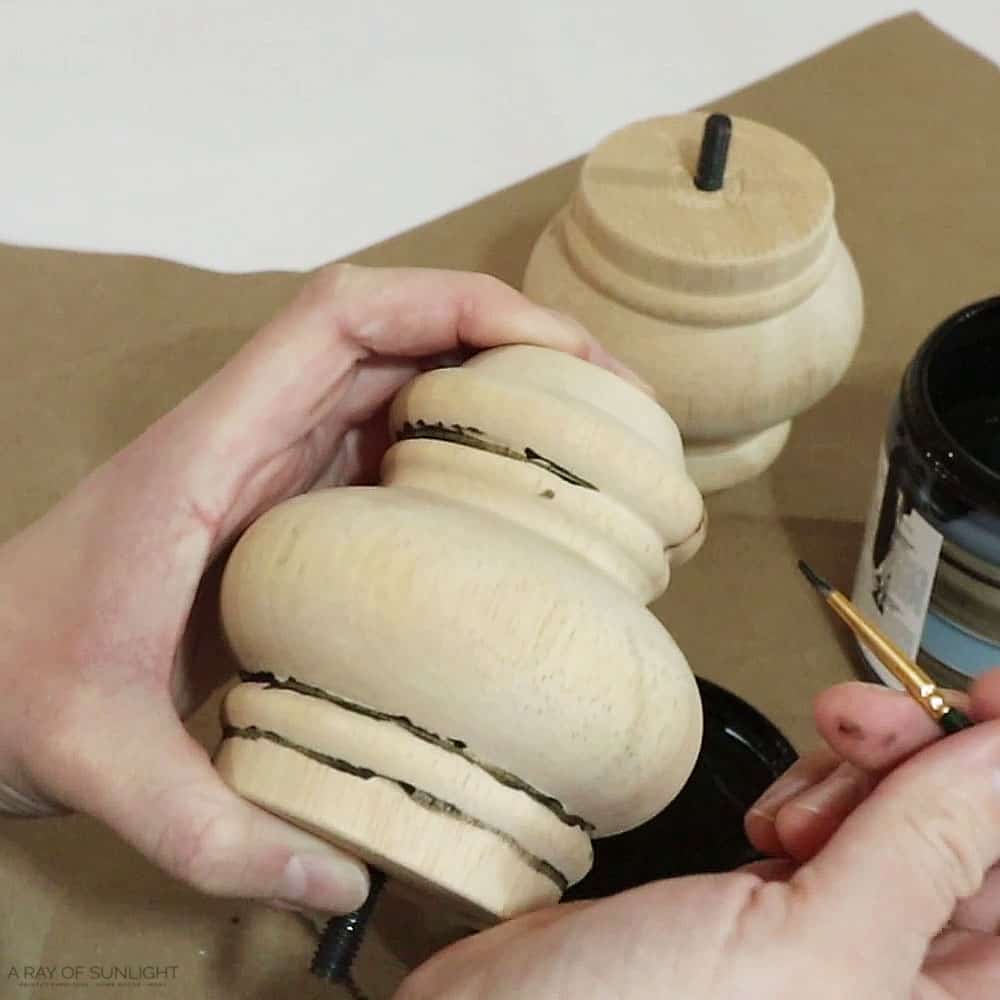
It definitely looked really really rough at this point! But after the glaze dried, I sanded the legs down, kind of like I would if there was wood stain that I needed to sand off.
And they still looked rough. But I still had one last step to hopefully make them look good.
Sealing Raw Wood
Then, I wiped a coat of my favorite water based poly on the legs and the top of the cedar chest. Check out the best polyurethane for furniture here.
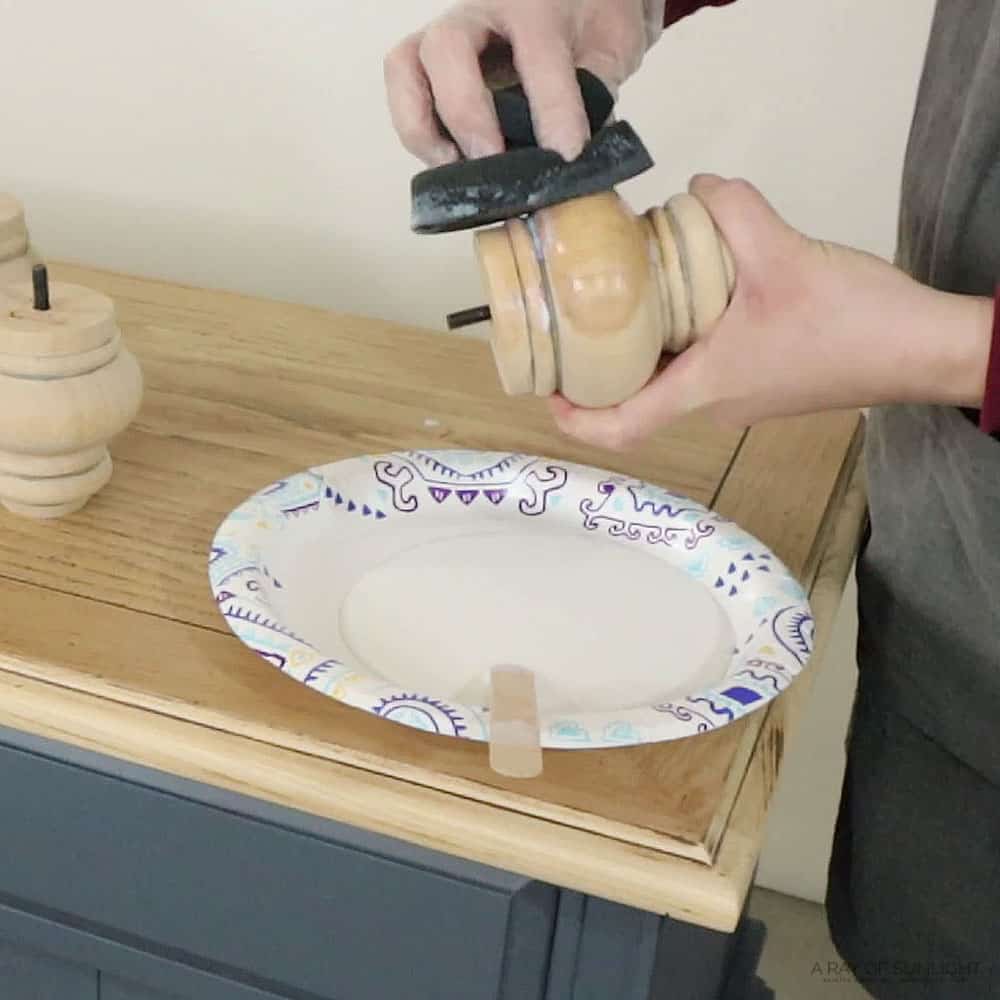
The coat of topcoat acts like a really thin barrier to help keep the whitewash from soaking into the wood too fast. Learn more about topcoats for painting furniture here.
But since it’s so thin, and over raw wood, it doesn’t repel the whitewash at all and the whitewash still soaks in pretty fast.
How to Make Whitewash Paint For Wood
While the topcoat dried, I mixed up a batch of whitewash.
I really like using a creamy colored paint for whitewash instead of a stark white paint. So I used this Cathedral Taupe color from Fusion that I had on hand.
Check out this post about white chalk paint for furniture to get more ideas on what paint you can turn into whitewash.
And I mixed a little bit of the paint with water to thin it out a lot.
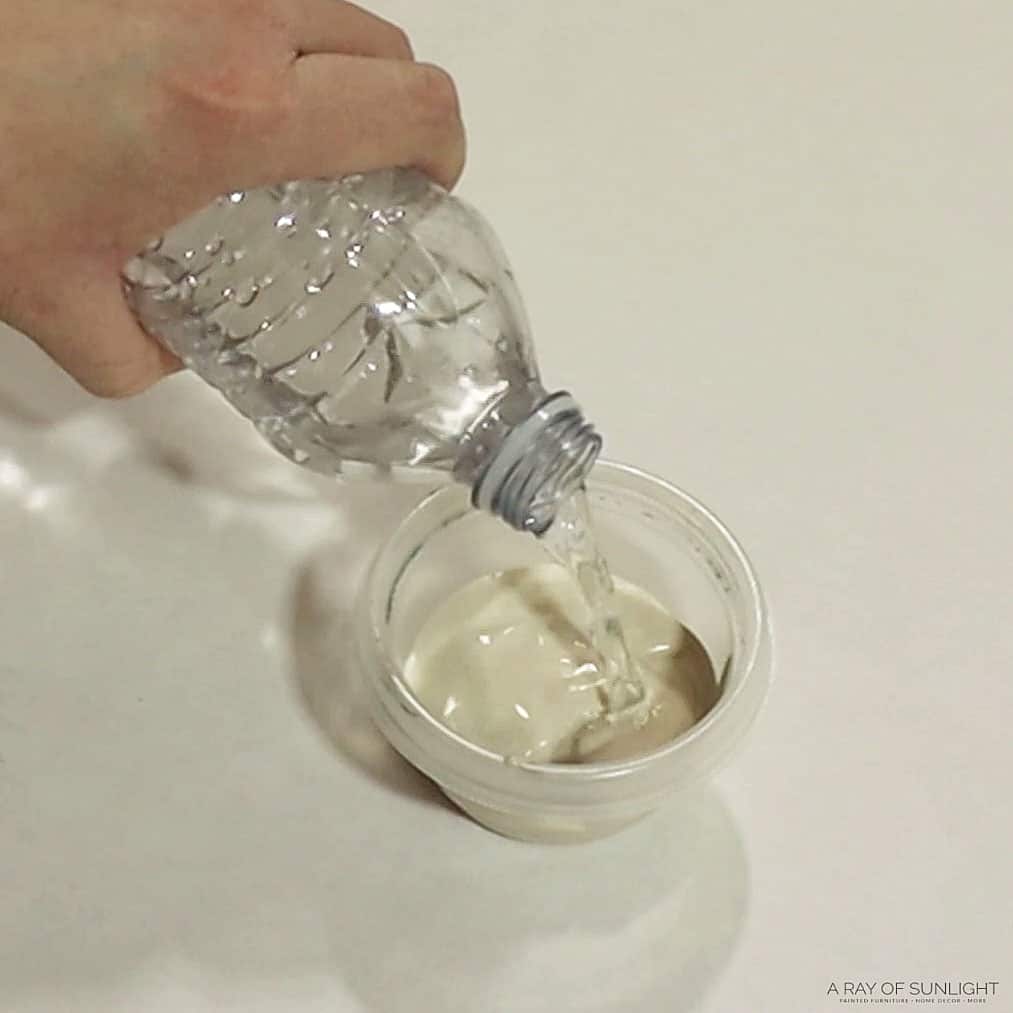
You can use basically any water based paint to make a wash, Fusion is just the kind I had on hand in the right color.
Read this post to learn more about the best paint for furniture for your project.
Whitewashing Wood
After the topcoat was dry, I brushed the whitewash onto the legs and the top of the cedar chest. Check out the best paint brushes for painting furniture here.
I tried to leave the whitewash in the details as much as possible to help blend the stain that was left in the details, but not cover it.
And then I quickly wiped the whitewash back off as fast as I could.
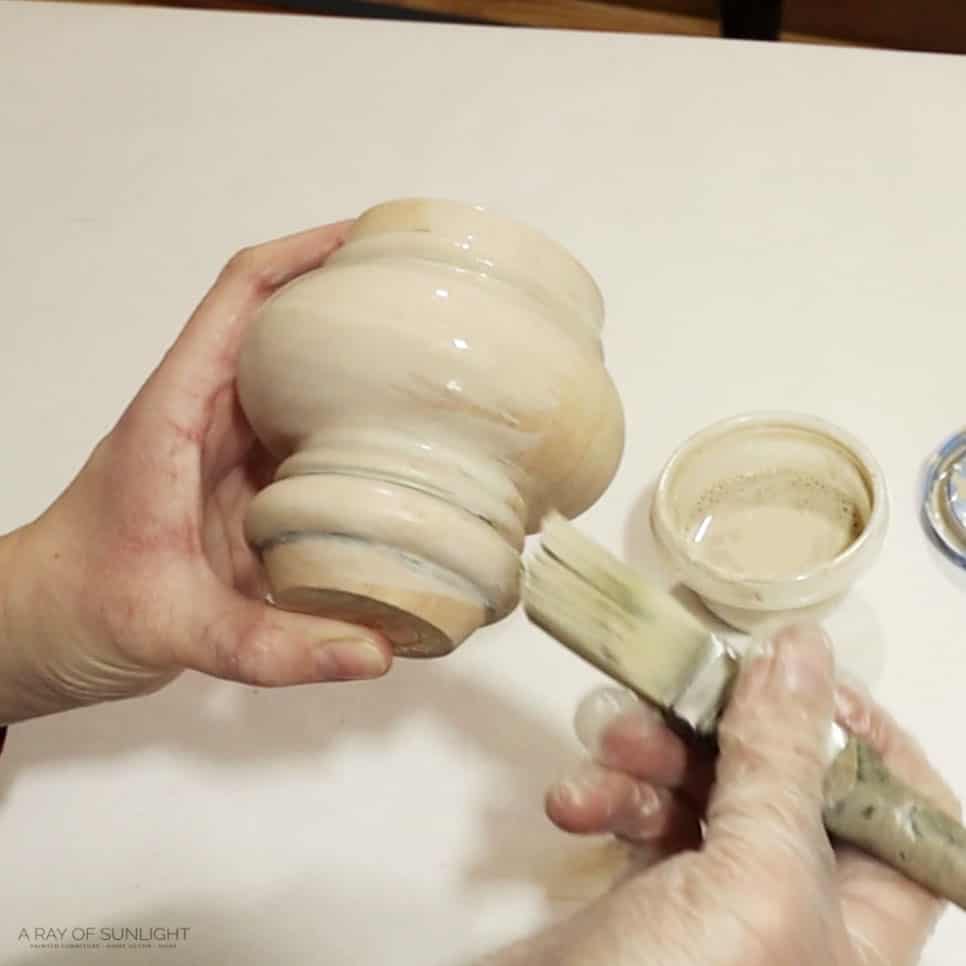

The top of the cedar chest was a little bit more difficult because it was a much larger surface. But I tried to brush it on as quickly as possible, so I could wipe it off as fast as I could.
I didn’t think about it much before I started to brush the wash on, so I started on one side and then moved to the other side.

If I would have been thinking before brushing it on, I would have worked along the entire back part first, brushing it on in about a 4” section from the back.
Then I would have wiped it off in that area before brushing on the next 4” section. That way I would have been able to brush it on and then wipe it back off quicker.
So, when I wiped off the whitewash, it soaked in too fast in some areas, making it really hard to wipe off. I tried using a baby wipe to help wipe it off, and it worked a little bit, but it looked pretty splotchy.
So I waited for it to dry all of the way, and then I sanded the whitewash away where it was too thick. Sanding it worked really well and helped smooth out the raised grain that I had created.
Sealing Whitewashed Wood
To finish it all off, I sprayed the whole cedar chest with 3 coats of my favorite water based poly topcoat. Check out these tutorials on how to spray polyurethane and how to apply polycrylic to painted furniture.
I love how the whitewashing on the feet and top turned out! Just enough to keep the wood light, almost like raw wood.
If you’re getting tired of the color of your wood furniture, whitewashing is one of the ways how to change the wood color without sanding off the old finish.
See the full DIY cedar chest makeover with whitewashed top and legs here!
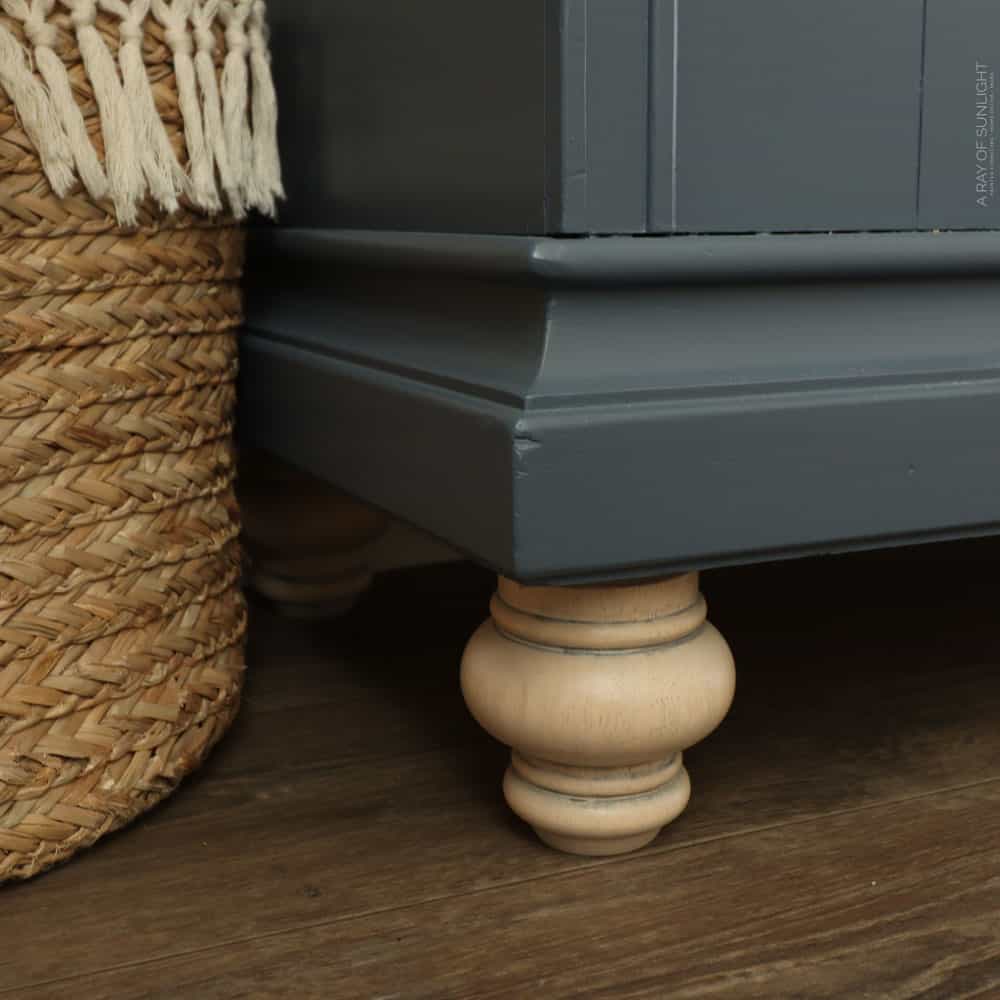
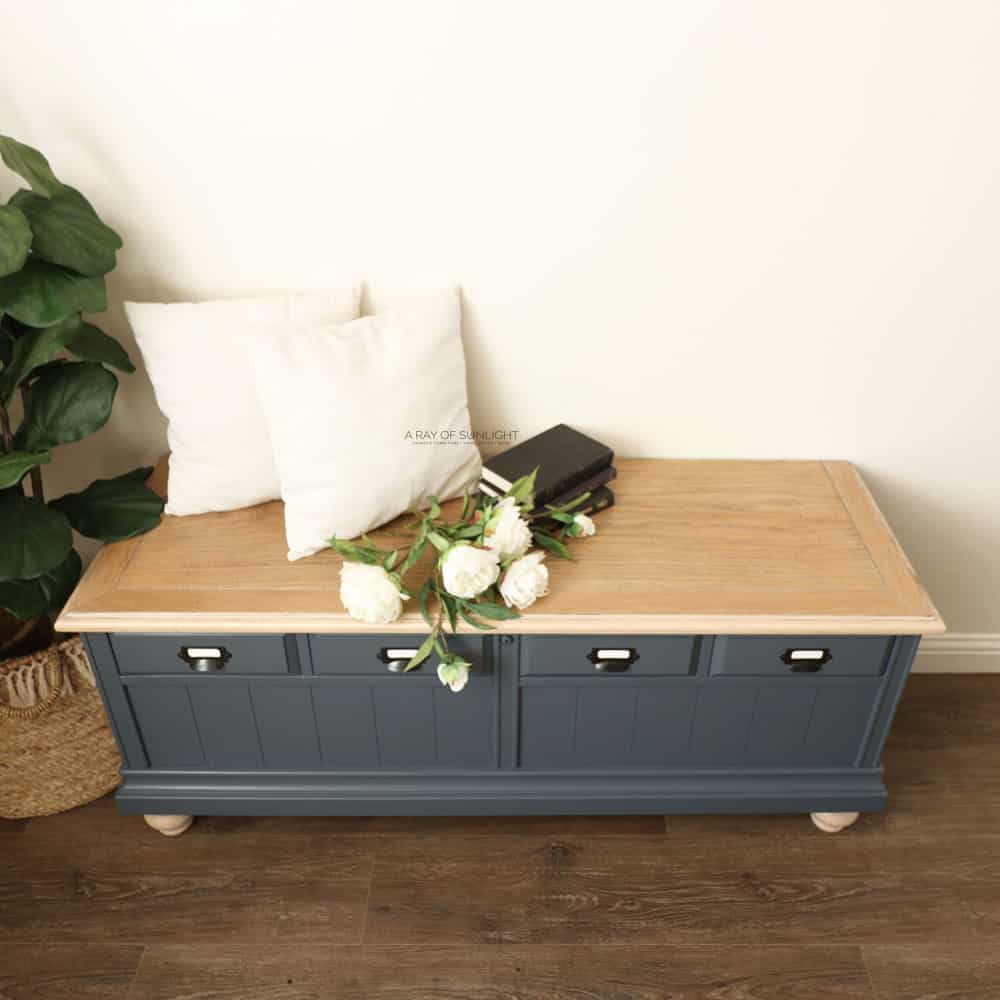
More Before And After Makeovers
Click any of these “before” photos below to view the “after” of that makeover.
More Whitewashed Furniture makeovers
- DIY Whitewash Dresser
- How to Remove Paint from Wood Furniture
- Refinishing an Old Dresser
- White Painted Coffee Table
- How to Whitewash Wood
Follow us on YouTube to get more tips for painting furniture.
Or share your project with us on our Facebook Group and be part of our community. See you there!




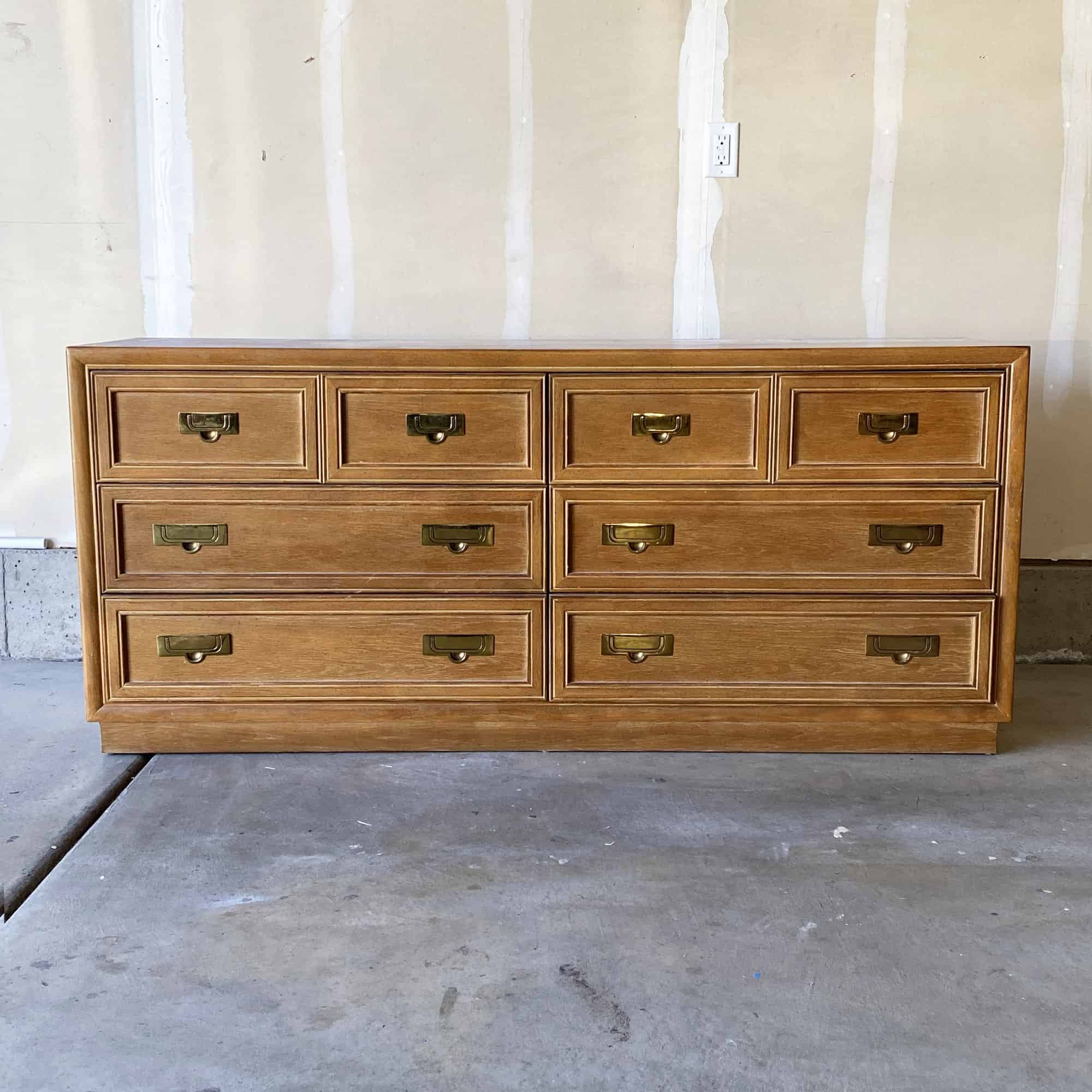
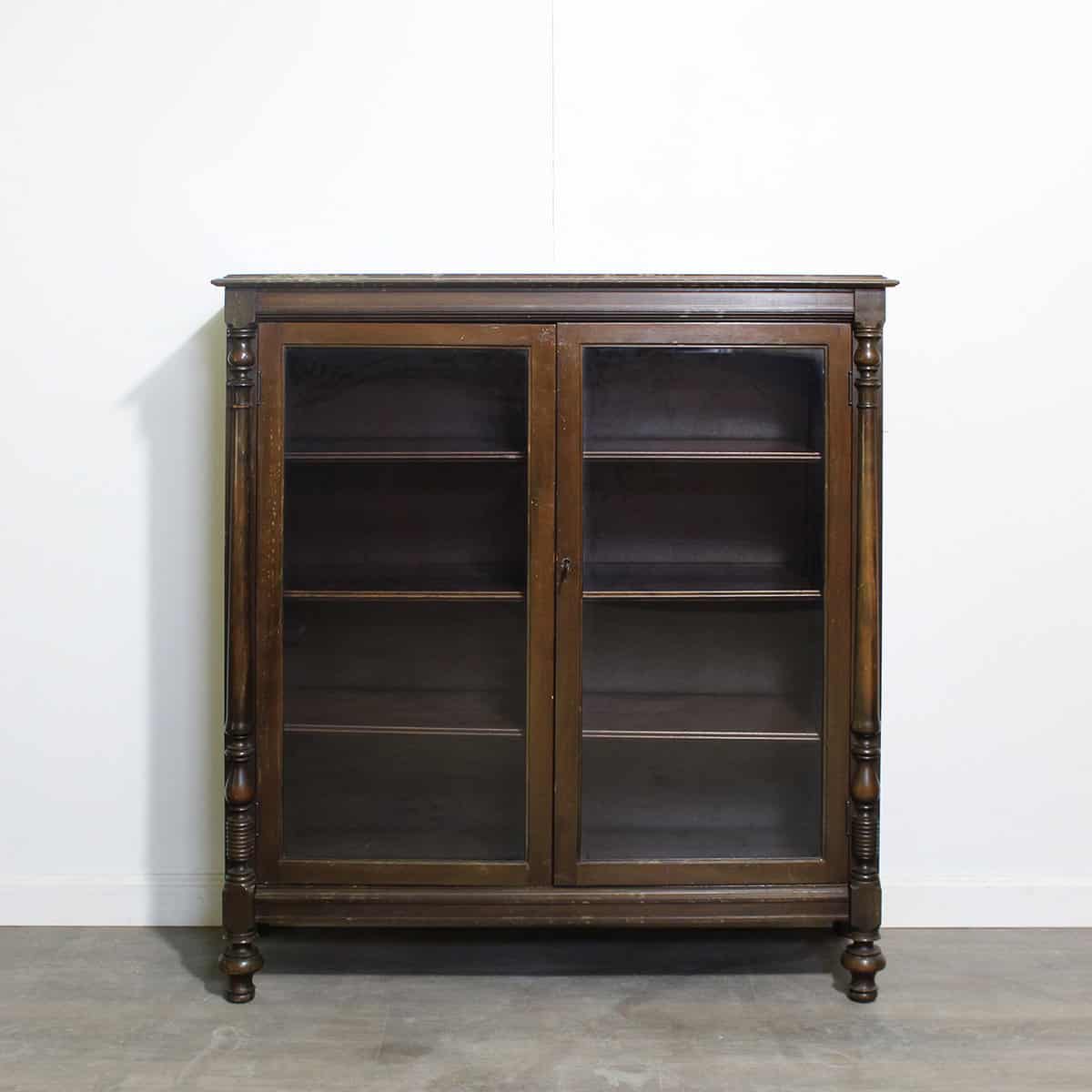
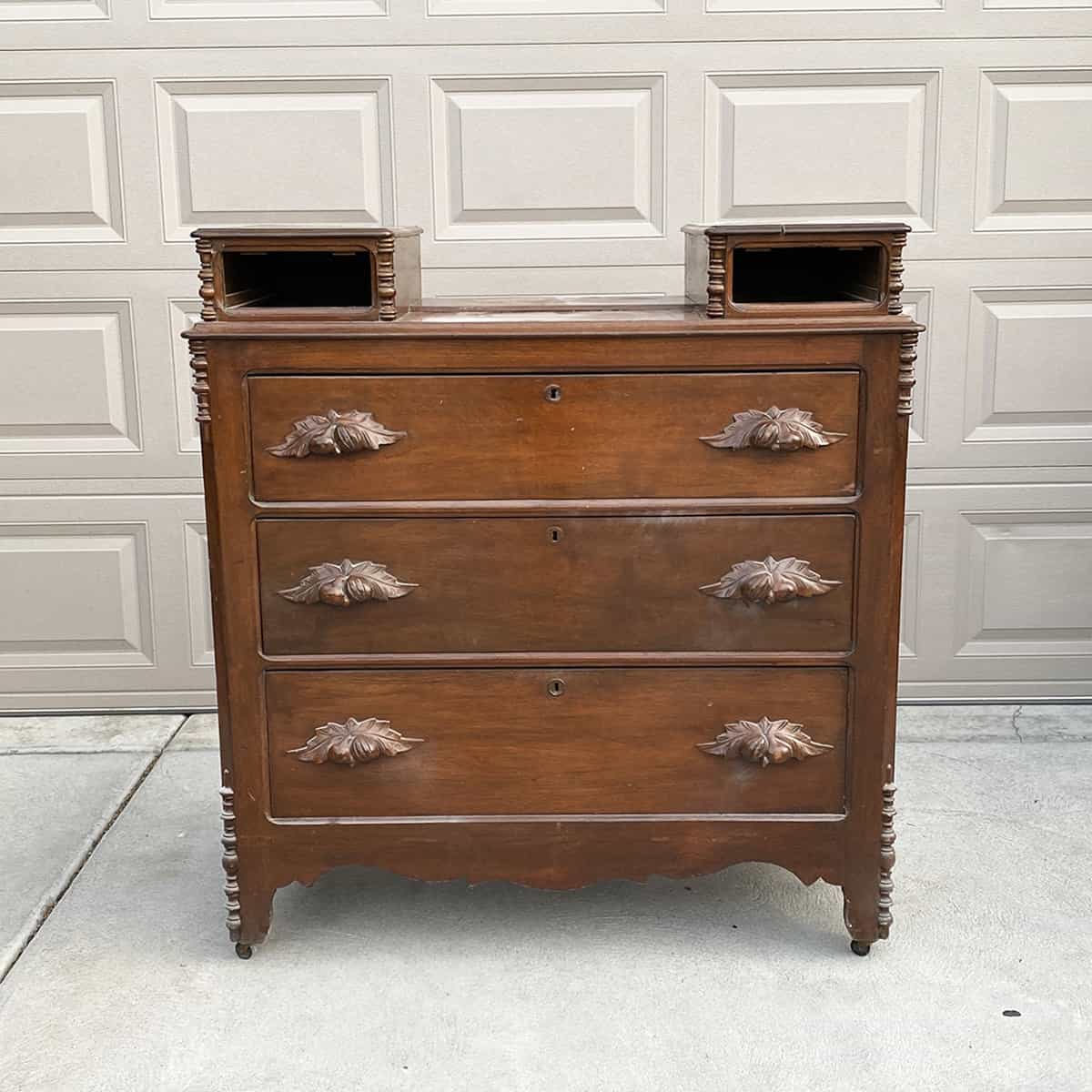

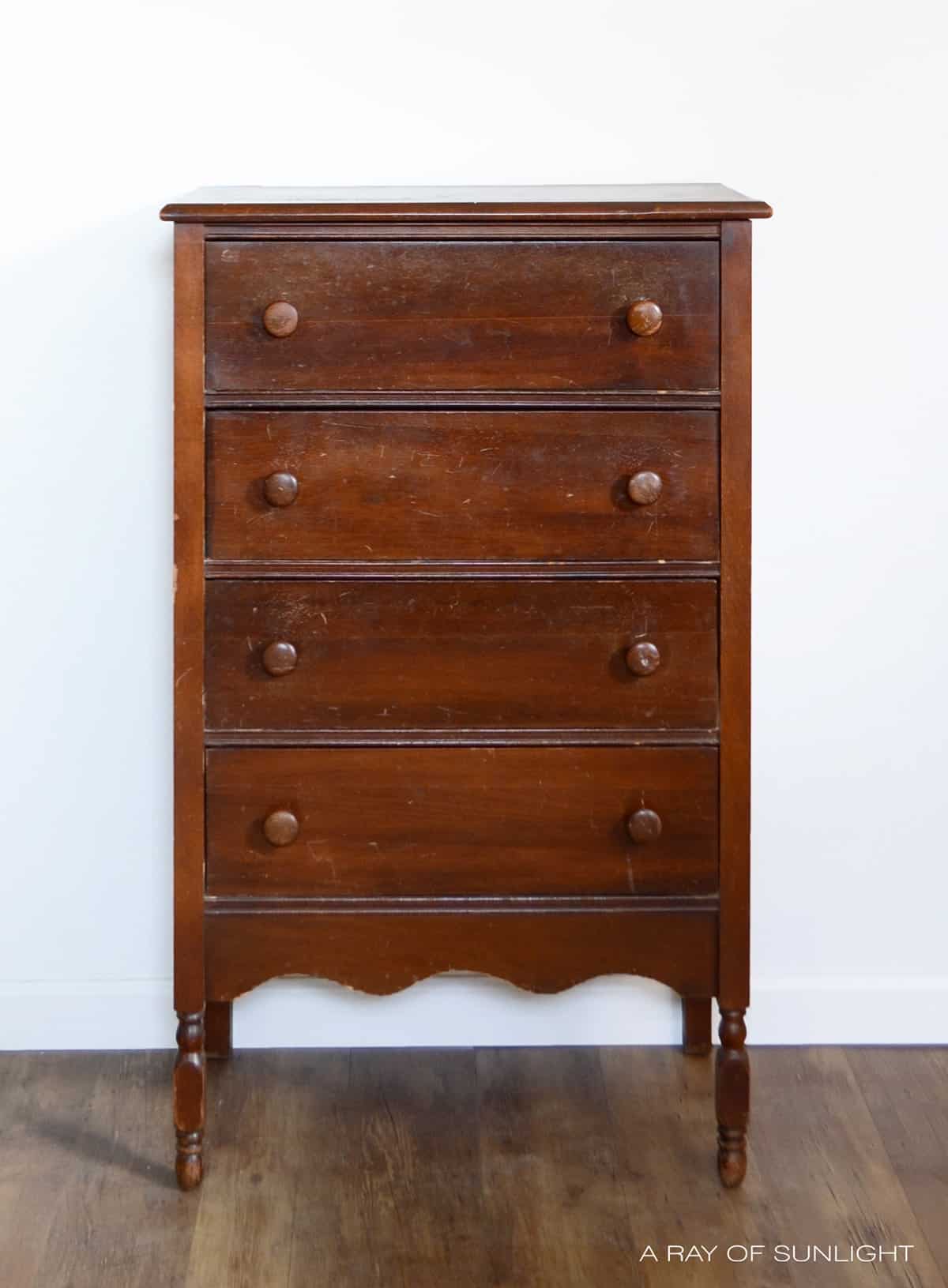

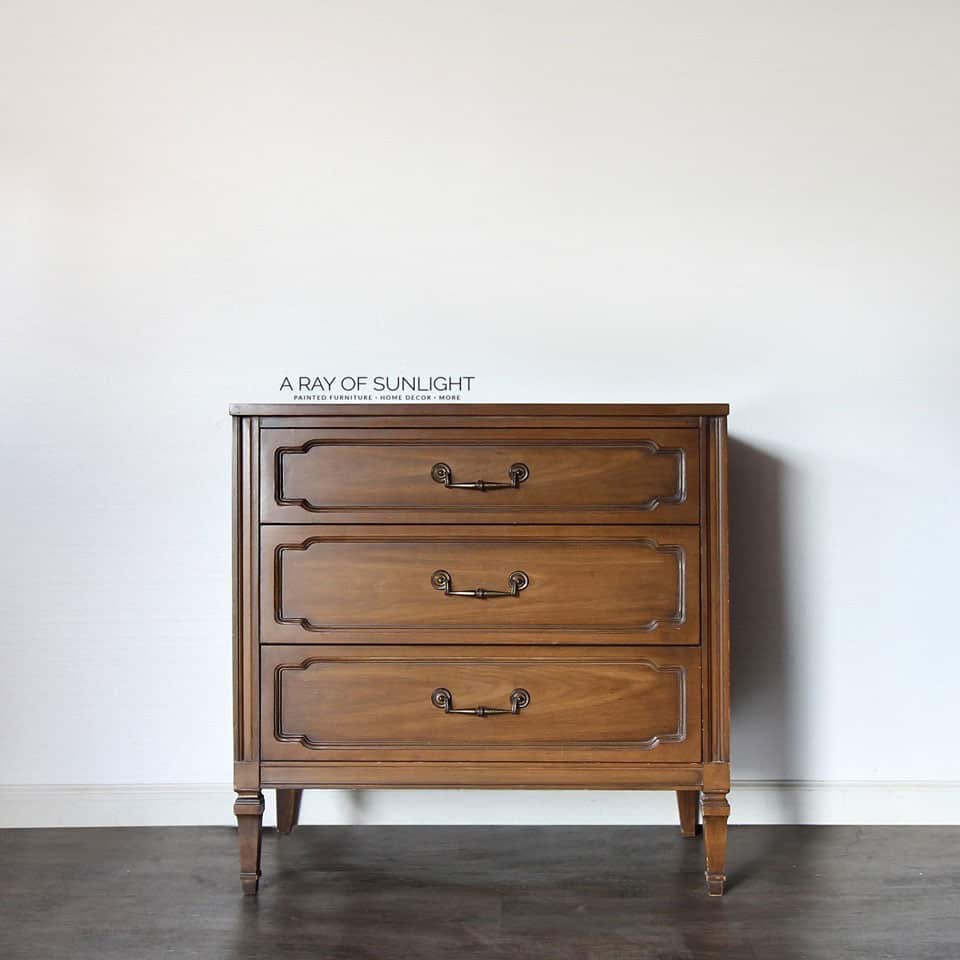
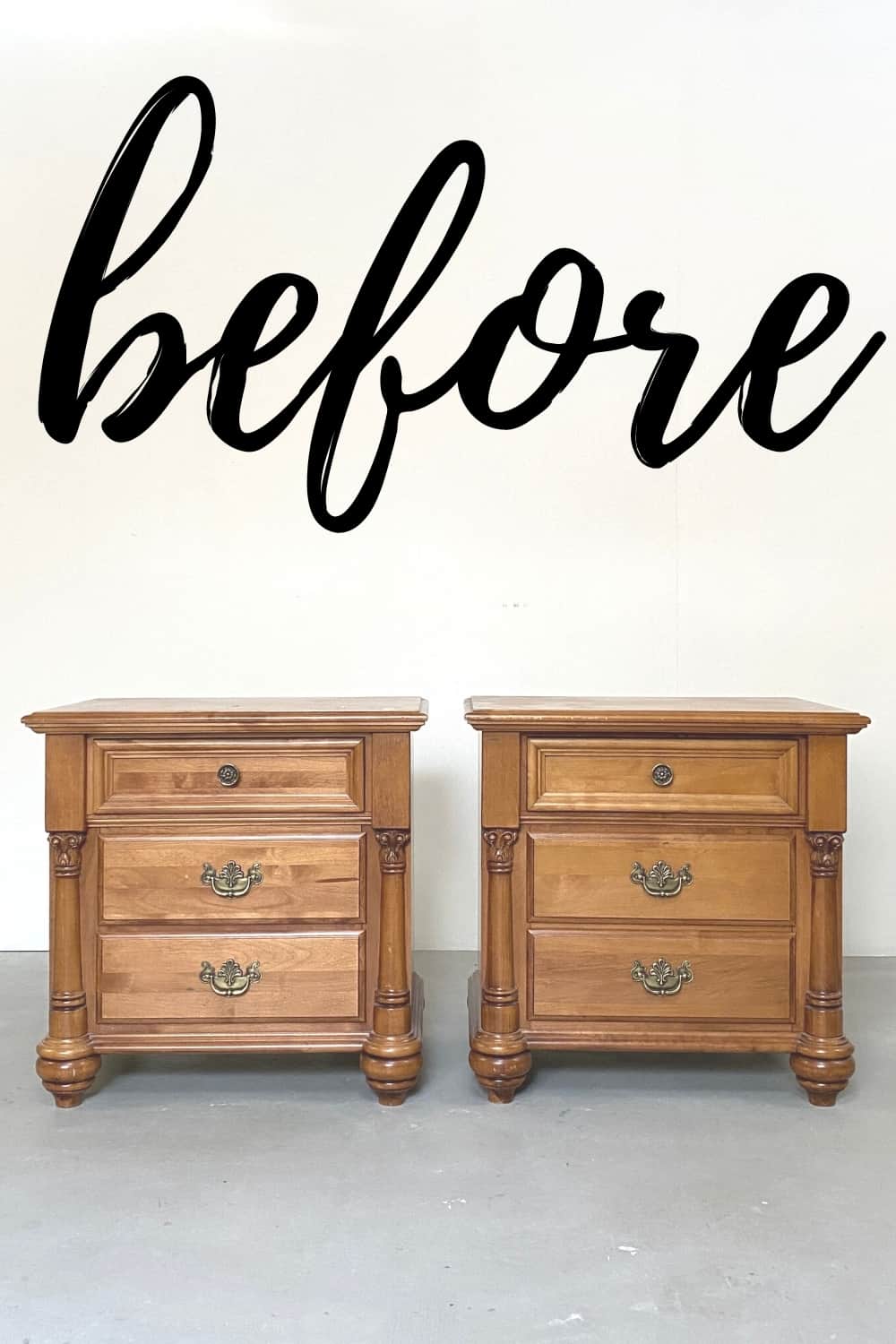
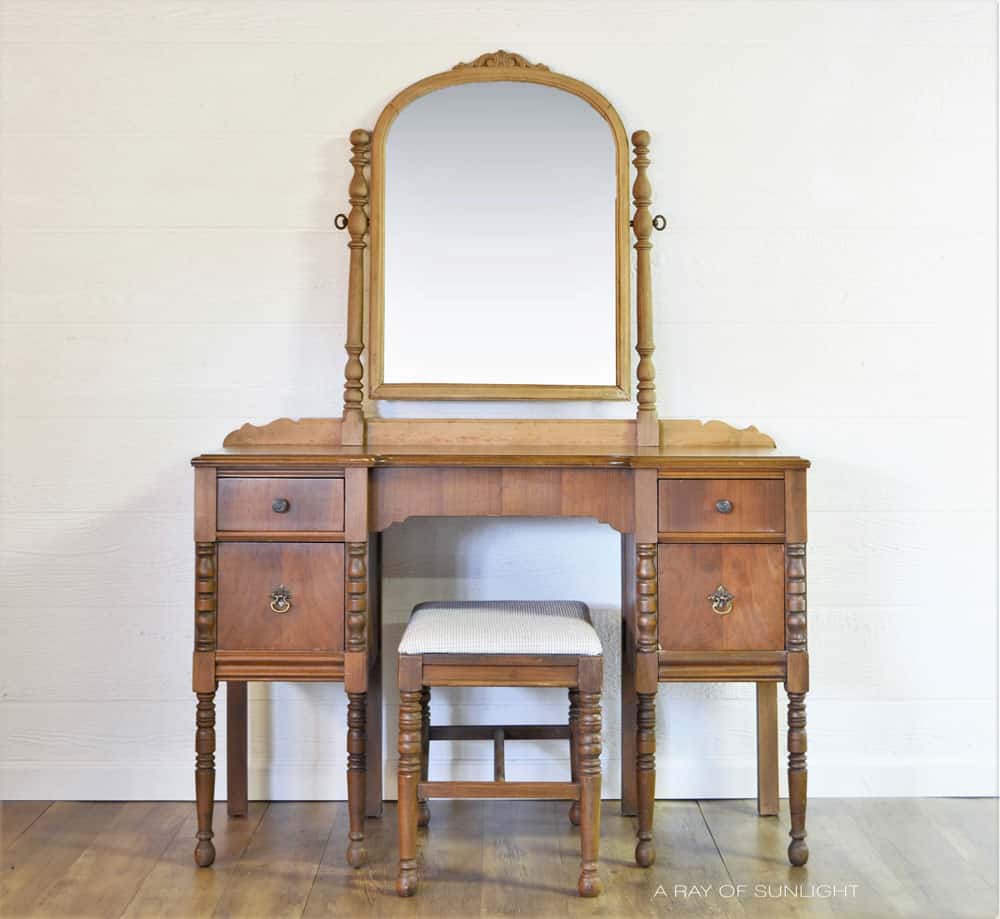
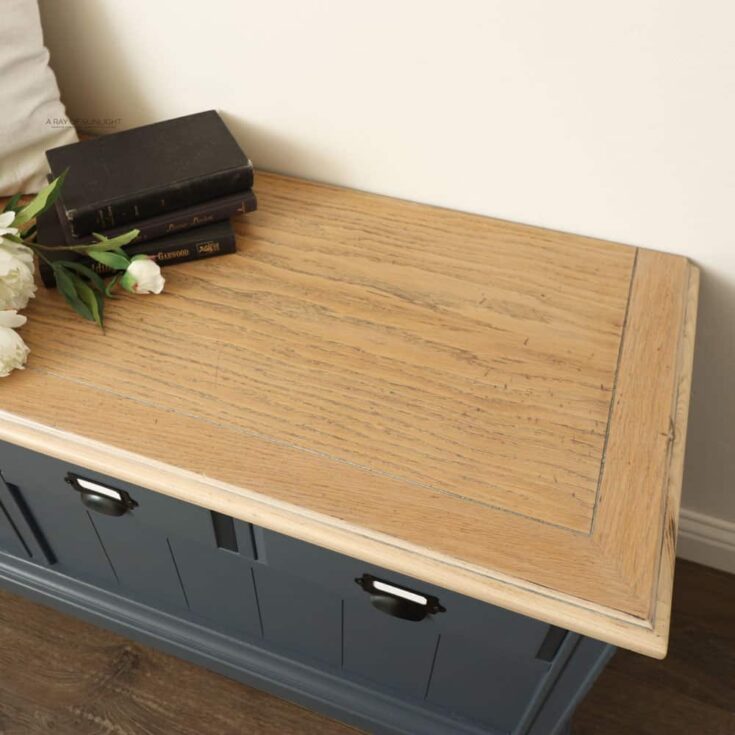



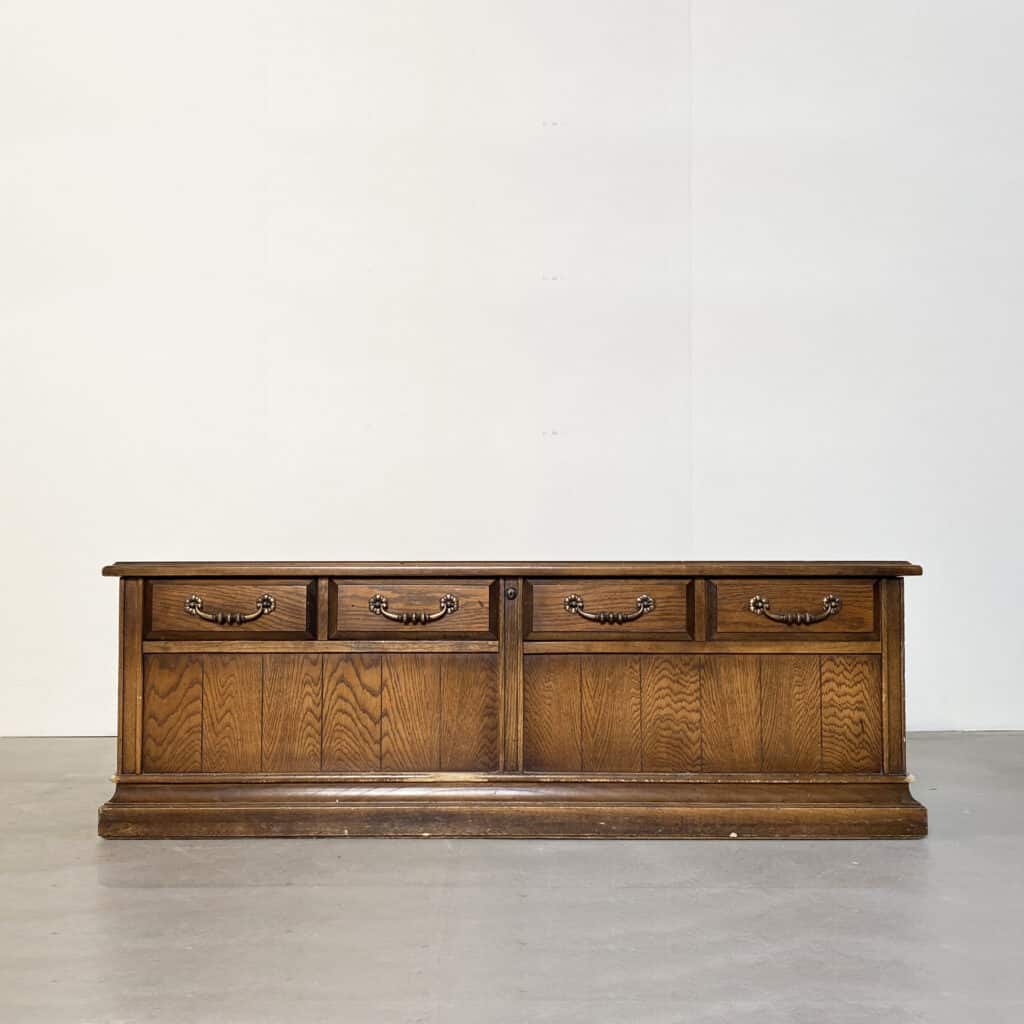
This is very nice! I would buy this piece in a heartbeat